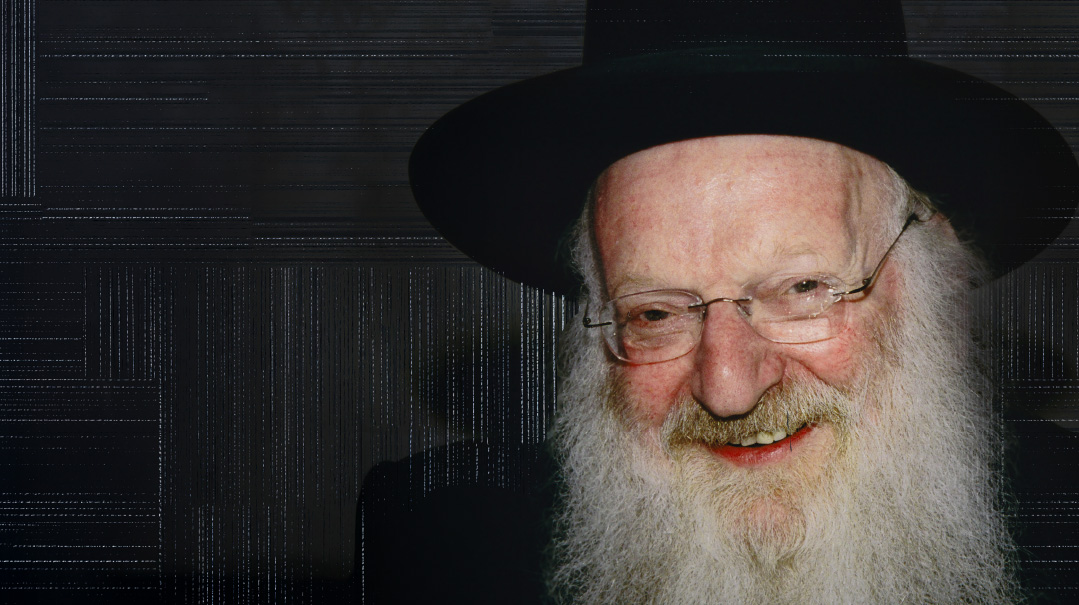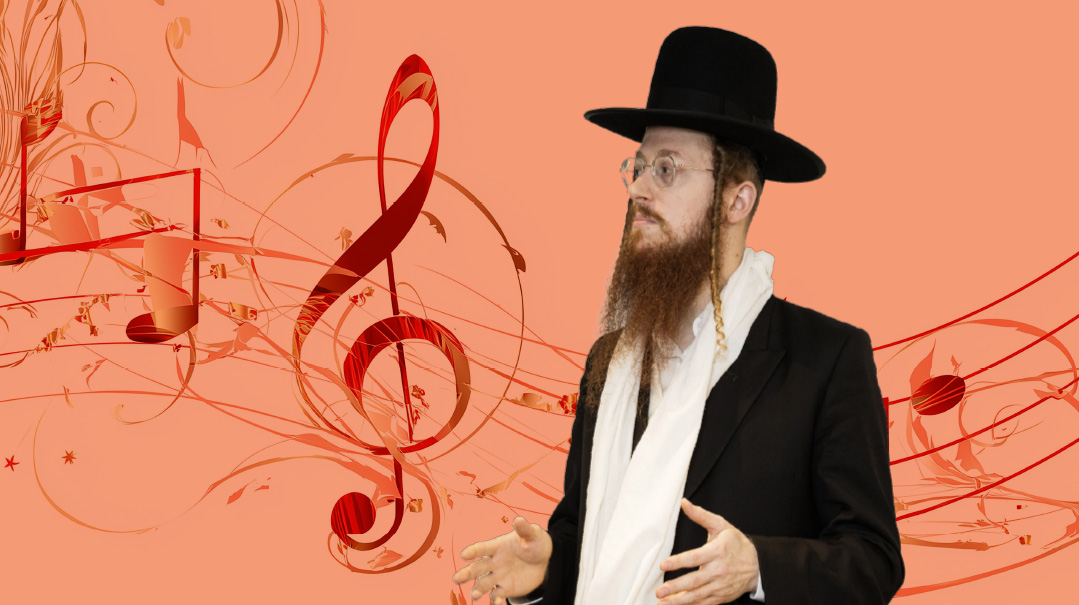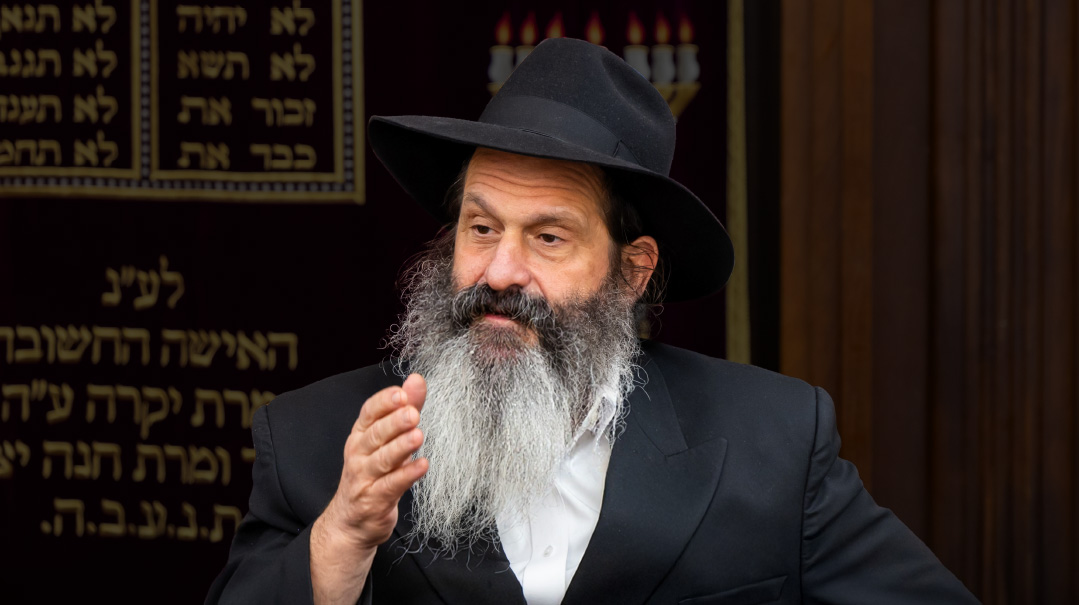In Full Swing
| October 13, 2024A swing through Pennsylvania, this most critical swing state, reveals what makes it such a focus of both campaigns

Photos: Itzik Roytman
With all eyes on Pennsylvania ahead of November’s election, a swing through this most critical swing state reveals what makes it such a focus of both campaigns. But while there was plenty of Jewish angst and humor on display, there was scant evidence of the long-touted Jewish break with the Democrats.
The KleinLife Center might seem an unlikely candidate to be the fulcrum of a presidential election. A Jewish community center in Northeast Philadelphia, it serves mostly seniors and Russian-speaking immigrants.
Its halls, speckled with Jewish-themed imagery, are alive with elderly Philadelphians enjoying their golden years attending classes and activities. Just a slight whiff reminiscent of an assisted-living facility greets visitors as they enter.
Yet the goings-on in this prosaic community center are part of a national story.
With all eyes on Pennsylvania — the highest-stakes swing state, population 13 million, where 81,000 votes determined the outcome in 2020 — the leanings and turnout levels of any sector could play an outsized role. Amid widespread unease over rising anti-Semitism on the left, biting off a larger chunk of the Jewish vote has become a tantalizing prize for Republican strategists. If only more Jews would come to see the GOP as the party more in tune with “Jewish” interests, these voters could play an essential role in a second Trump victory coalition — so goes the thinking.
A swing through Pennsylvania and a set of unscientific firsthand encounters can put an (often entertaining) human face on wider trends and open the door to answering questions about the national race and the chemistry of a most consequential state.
What has made Pennsylvania such a pitched battleground? What does each candidate have to do there to win the state? Could events of the past year effect the “Jewish” shift to help put Mr. Trump over the top?
Unlikely Trendsetters
In a current events class at KleinLife, attended by some 25 Jewish-American retirees, a vigorous debate broke out over recent comments Donald Trump made to a conservative pro-Israel group: “If I don’t win this election… the Jewish People would really have a lot to do with that.”
Mr. Trump’s remarks caused a stir in media and left-leaning Jewish circles, and in the class moderated by the even-handed Chuck Feldman, it generated brisk exchanges. One outspoken anti-Trump participant echoed arguments that the comment incites anti-Semites. Mr. Feldman attempted to counterbalance the accusation by mentioning that at the pro-Trump event where the comment was made, likely “no one in the room was offended” and that the minor storm was largely the product of left-leaning media.
As with many of Mr. Trump’s signature clumsy characterizations, his statement, though lacking context, is not without truth — as demonstrated in Pennsylvania. Estimates put Pennsylvania’s Jewish population at around 400,000, and a significant shift could play an outsized roll in the final results. Of course, the same could be said for any group and is more likely to be true for a larger one. For example, how enthused black women are to turn out for Vice President Harris will have more to do with the outcome than the limited and largely stable Jewish vote and participation level.
Mr. Feldman has led current events classes at Klein for over 40 years, beginning when he was a relative youngster, conducting conversations with retirees. Now he has joined their club.
The class began with his introduction of Pennsylvania as “ground zero” for the presidential race, but Mr. Feldman quickly hedges the drama that phrase carries.
“The reality is that even if it is razor thin, that still means thousands of votes,” he said. “So if anybody tells you your vote could make a difference, statistically speaking, in a presidential race, it can’t.”
As the class later swerves into concerns of election fraud, Mr. Feldman mobilizes a wealth of anecdotal knowledge from his years working in various roles in the city’s Democratic Party. Most amusing was a 1972 episode when he and a friend realized that the recently deceased niece of the election board chairman had cast a ballot.
When confronted about it, the chairman responded, “Fellas, she would’ve wanted it that way.”
As the class breaks up, some of its attendees share their opinions, giving a narrow window into how these Jewish seniors view the candidates.
“[Trump] orchestrated an attack on our Capitol and has not paid for his actions,” said Barri Goldstein, a registered Democrat who voted with her party in the last two elections.
Another woman said that she had voted Democrat in the past and planned to continue doing so this year, as “the party has the same values I do and will do better for America.”
Nora said that she “hates Harris’s guts,” but will likely vote for her anyway out of social pressure, while quietly hoping she loses.
Sandy, an outspoken Trump supporter, said the former president is “the only one who can do what has to be done for this country” calling his handling of the border and the economy “phenomenal.”
Two other Trump backers cited Israel policy as the main reason for their choice.
“[Trump] did a lot for Israel and for American Jews,” said one woman. “I’m a one-issue voter, Israel. American Jews have had it good for so long, they don’t realize that if Israel goes, American Jews are in trouble.”
While this was not a scientific sampling, it accurately reflects a pattern that emerges in broader studies of Jewish voting data about the degree to which prioritization of uniquely “Jewish issues” impacts decisions. The Klein group was far more evenly split between Kamala Harris and Donald Trump than respondents to general surveys, which put the margins at around 65% to 35% in the vice president’s favor. However, pro-Trump responders name Israel as their top concern, while those backing Harris list the economy, abortion, and other matters of general interest. It’s a theme that reverberates beyond the walls of KleinLife.
Oops! We could not locate your form.







